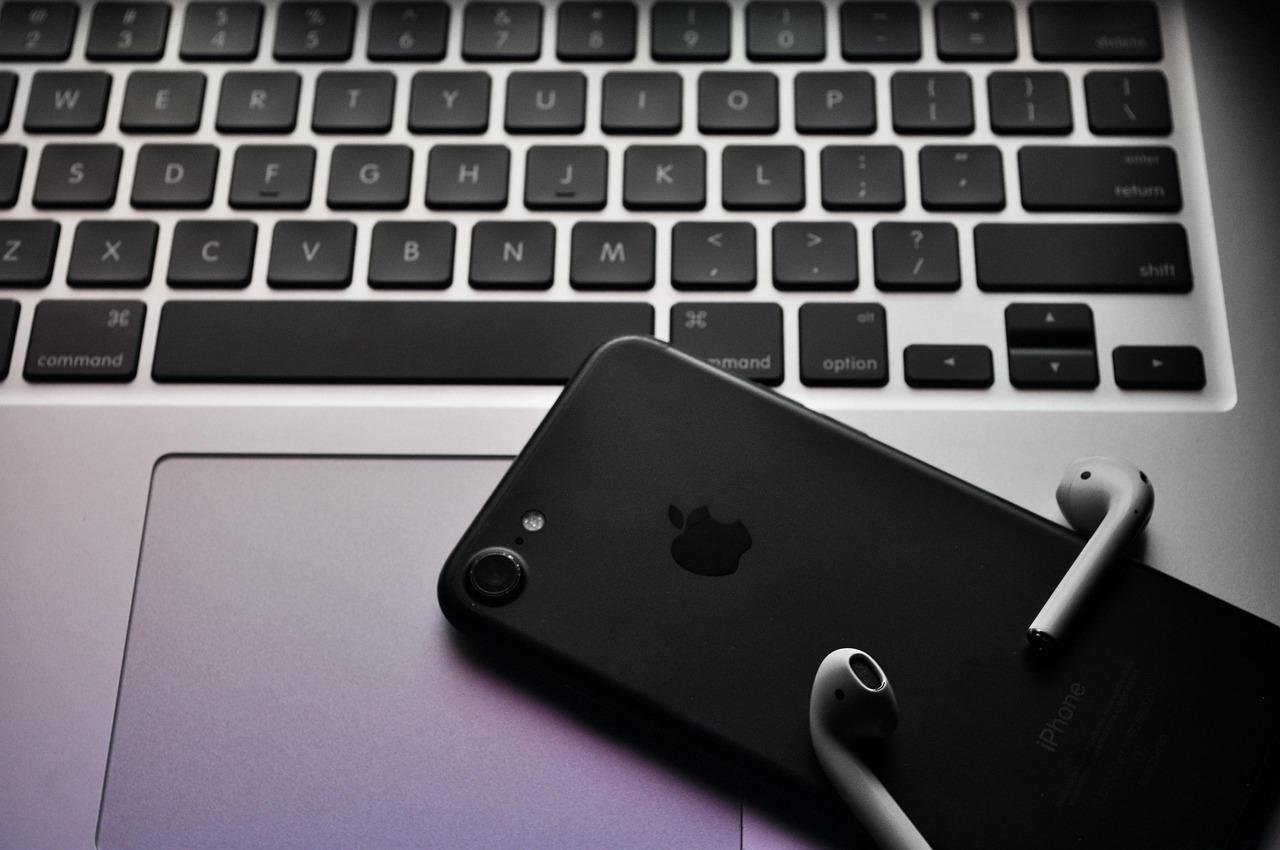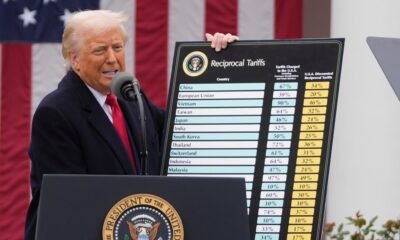Business
Tariff Lobbying Skyrockets in Q1 2025

In a significant shift during the early stages of his renewed presidency, Donald Trump has boldly pursued a series of revenue-raising tariffs initially proposed in his 2024 campaign. However, the administration’s tariff strategy is far from stable; Trump has rescinded or reduced several tariffs and faces ongoing legal challenges that jeopardize his broader economic objectives.
Amid this tumultuous landscape, the lobbying sector has seen a notable uptick in activity. In the first quarter of 2025, lobbyists represented 215 clients on tariff-related matters, a stark increase from 120 clients in all of 2024. Additionally, they submitted 1,707 tariff-related reports in this quarter alone, indicating a potential to exceed last year’s total of 5,679 filings.
The rush has not been without its challenges, particularly for the pharmaceutical industry, which has struggled to adapt to the shifting tariff terrain. Recently, the administration’s focus has turned toward imposing tariffs on medicines, prompting a surge in lobbying expenditures. For example, the Pharmaceutical Research and Manufacturers of America (PhRMA) ramped up its lobbying budget from $9.8 million to nearly $13 million, while Eli Lilly increased its spending from $1.9 million to $3.5 million. Apotex, another key player, saw its expenditures rise dramatically from $140,000 to $810,000 in just one year.
Each of these companies is advocating for different outcomes: Apotex seeks exemptions from tariffs, Eli Lilly focuses on intellectual property and market access issues, and PhRMA is concerned about specific tariff policies and trade practices. Their varied approaches highlight the complexities within the pharmaceutical lobbying landscape.
Moreover, Hawaii Gas has entered the lobbying fray, spending $40,000 in 2025 after years of inactivity. Its focus is on propelling issues related to propane imports from Canada, which fall under the U.S.-Mexico-Canada Agreement (USMCA).
Major apparel companies like Nike and Adidas have also responded to the impending tariffs impacting their offshore production. Nike increased its lobbying budget from $410,000 to $630,000, while Adidas’s spending rose from $10,000 to $27,000. Experts caution that tariffs could inflate apparel prices by 17 percent, affecting consumer costs across the board.
General Motors reported a sharp rise in its lobbying expenditures as well, increasing from $4.8 million to $8.2 million. The automotive giant is primarily focused on trade barriers and impacts on its international supply chain. GM’s officials project that tariffs could impose costs of up to $5 billion.
Tech company Apple, under scrutiny from Trump to shift manufacturing to the U.S., has filed three reports pertaining to trade issues, including efforts to maintain competitiveness in global markets. Its lobbying expenses increased from $2.1 million to $2.5 million.
Other industries, including paper and aluminum, have also stepped up lobbying efforts. Paper Excellence saw its expenditures surge by 237 percent, while aluminum companies like Century Aluminum and the Aluminum Association have reported spikes in lobbying spending related to tariffs.
The implications of these developments are far-reaching. As U.S. and international businesses attempt to navigate these unpredictable tariff policies, supply chains and production lines remain under pressure. According to Yale University’s Budget Lab, the impact of changes could lead to a 2.3 percent price level increase in 2025, equating to an average loss of $3,800 per household. This economic strain does not solely affect large corporations; small businesses are also grappling with the uncertainties stemming from fluctuating tariff strategies.


















